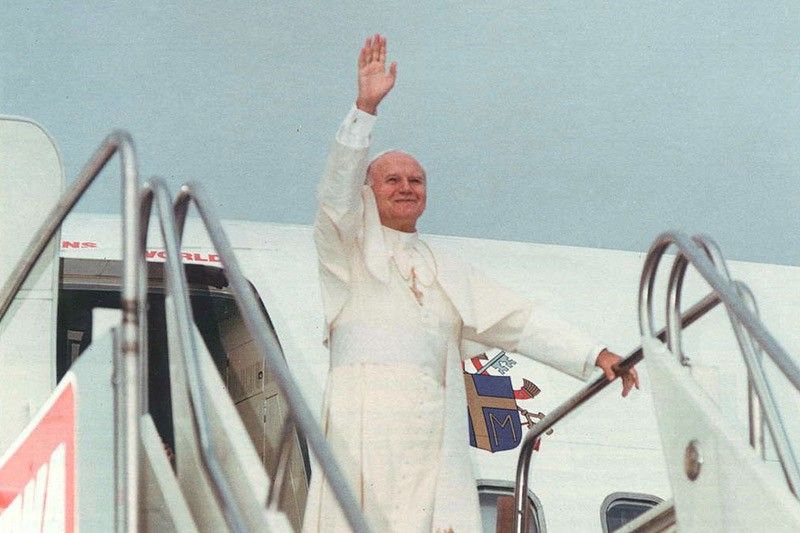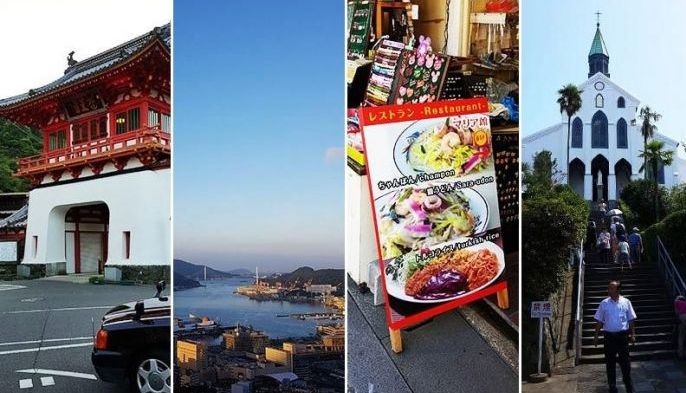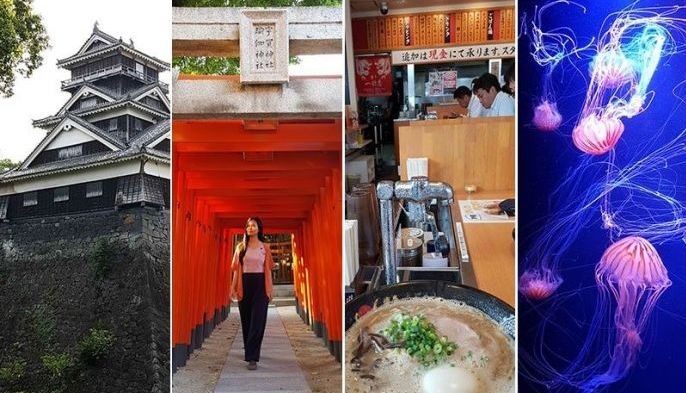How the Philippines made the first papal visit to Japan possible

MANILA, Philippines — It was in 1981 on a wintry February day when Pope John Paul II set foot in Japan.
He was the first pontiff to visit the largely non-religious country and the Philippines might have had a role in this significant moment in history.
“So we had the chance to welcome [the] pope in Asia. So he came to Japan before going back home. In that sense, thanks to Saint Lorenzo Ruiz he can come to Japan. You Filipinos brought us the pope,” Kazuo Miyata, manager of the 26 Martyrs Museum in Nagasaki, said during a guided tour last August.
Pope John Paul II on that year went on a pastoral visit to Asia, particularly the Philippines then Japan, to beatify Lorenzo Ruiz and 15 other martyrs. The 16 foreign and Japanese martyrs were tortured and killed between 1633 and 1637 on Nishizaka Hill in Nagasaki during the Catholic holocaust in Japan.
The pope came to the Philippines upon the invitation of Manila Archbishop Jaime Cardinal Sin. It was the first time that a beatification was held outside of Rome.
Six years later in 1987, the 16 martyrs were canonized by Pope John Paul II and Lorenzo Ruiz became the first Filipino Catholic saint.
In his address during his visit on Feb. 26, 1981 to Nishizaka Hill the pontiff said:
“Some Christians died in Nagasaki, but the Church in Nagasaki did not die. He had to walk in hiding, and the Christian message was transmitted from father to son until the Church came back to light.”
Catholics in Japan went underground during the persecution that lasted for over two centuries. Despite the absence of priests, the "hidden Christians" managed to secretly pass down their faith through generations until they were able to resurface after the ban was lifted in 1873.
The spot where Catholics were martyred on Nishizaka hill is now designated as a pilgrimage site and Japanese National Sanctuary.

On the hill are a museum and monument dedicated to the first 26 Catholic martyrs crucified in 1597. A short walk from the museum is the Nakamachi Church where the monuments of Saint Lorenzo Ruiz and his 15 companions are located.
Nishizaka Church, which is dedicated to St. Philip, one of the 26 martyrs, is also nearby. The church’s architect has imitated the famous Sagrada Família spires of Antoni Gaudi.
For a guide on where to go on a pilgrimage tour in Japan and some travel hacks and tips for tourists, check our stories here and here.
---
Editor’s note: The trip to Kyushu was hosted by Media International Co., Ltd. to promote tourism. At no stage does the host have a say on the stories generated from the coverage, interviews conducted, publication date and story treatment. Content is produced solely by Philstar.com following editorial guidelines.






















